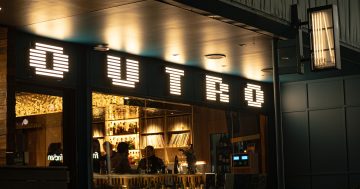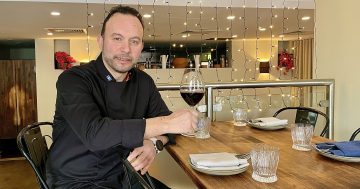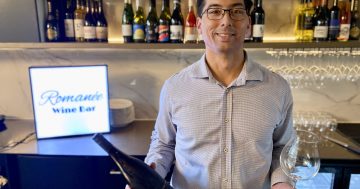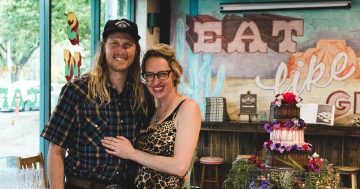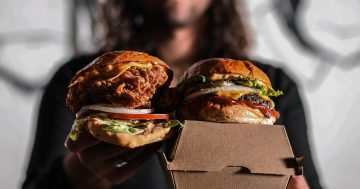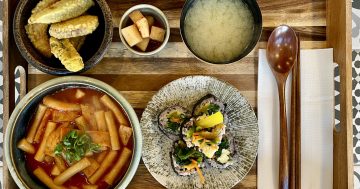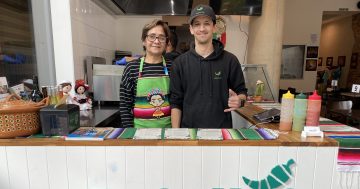“You know what they should do…” We’ve all thought it and we’ve all said it, hoping that they could make things happen. We don’t always know who they are. Sometimes–especially in Canberra–we imagine they may be government. Sometimes they may be big business and sometimes they may be community groups. Occasionally though, they may just be diverse and offbeat individuals with an alternative vision.
All of those we categorise as they have played a part in three precincts that have undergone substantial renewal in recent years; and along the way, these three precincts have become the darlings of the unashamedly parochial Canberran. They include NewActon, Kingston Foreshore and Braddon and collectively represent the idea that Canberra is not just a city of politicians, bureaucrats and national monuments–disconnected from the ‘real world’–but that it now offers more in the way of amenities befitting a mature and developed city.
On paper, those amenities may not seem like much when compared to the raison d’être of our planned federal capital, but they add immense cultural capital and ultimately define a community in a way that big-ticket officialdom never will. Amongst a number of factors that can be categorised in this way, high on the list are restaurants and cafés, bars, galleries, street vendors, and an active street life in general.
Much has been written over the last couple of decades on this subject, especially by American urban theorist Richard Florida and British urban planner Charles Landry. Landry has been a guest of our city on a number of occasions, and in his most recent visit, gave a thumbs-up to these same three precincts, highlighting them as places demonstrating a real change in Canberra since his first visit.
Of the three, Kingston Foreshore and NewActon have been the result of much planning and investment from the big end of town, but Braddon has grown rather organically. Unlike the other two, the renewal in Braddon has perhaps been more authentic, more spontaneous, and more a result of the efforts of those diverse and slightly offbeat individuals who chose this setting for their alternative visions.
Without a doubt Braddon, located on the northern fringe of the CBD, was always going to be the target of renewal. Looking into a crystal ball, it would have made perfect sense to replace the semi-industrial enterprises in favour of commercial, retail and residential development as the inner city spread itself outward and upward. But its flavour was yet to be determined. And more than anything, it is its flavour that has made it what it is.
I recently spoke to four of those offbeat individuals that have contributed to the flavour of Braddon. They are not the only ones, but for a number of reasons, they may be the most influential.
The developer / Nik Bulum
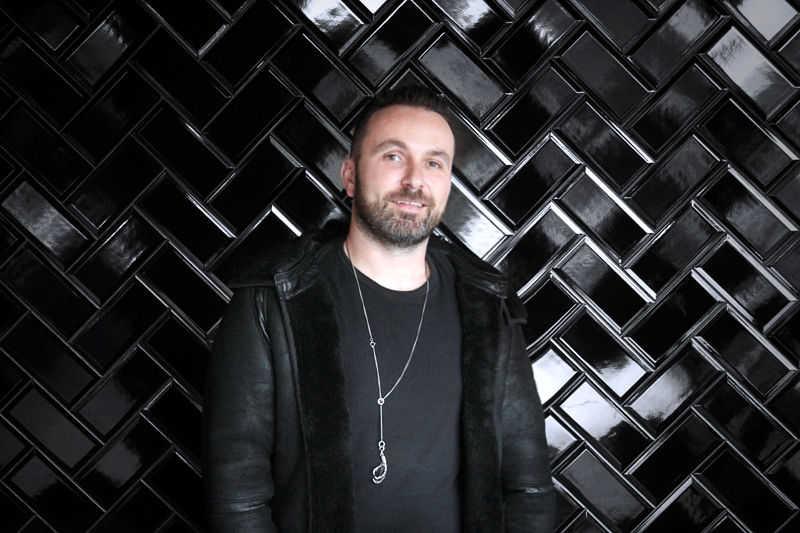
The owner of designer homeware store Unit Concepts and front man for a family owned company that has substantial holdings in Braddon, Nik Bulum has led the way with his philosophy of utilising relatively derelict property assets to create pop up style retail and food destinations like Lonsdale Street Traders and The Hamlet. Both are examples of projects that have allowed young creative businesses to emerge without prohibitive costs and red tape, and both have added to the Indy nature of the street.
Lonsdale Street Traders caused quite some hype when it opened, but by its very nature was never going to be around for the long term. The building that housed it has been flattened to make way for a new mixed use development and The Hamlet will follow in its footsteps within a couple of years.
But make no mistake, the transient nature of these projects hides the fact that Nik has been at it for the past 15 years, slowly but steadily realising a vision for Lonsdale Street that took root out of a need to find like-minded individuals that he could hang out with and be inspired by. That vision has now turned into a full-blown development strategy that is confirming him as an astute businessman with a unique proposition.
In 2000, Nik returned to Canberra after over a decade of studying fashion design in Melbourne and working in the magazine industry in Sydney to find his hometown bland and uninspiring. A number of his friends with boho style and quirky business models were looking to set up shop, and at the time, a couple of family owned properties were languishing at the northern end of Lonsdale Street, unfashionable and unwanted. He convinced his father to allow creative and offbeat retailers into those buildings at greatly reduced rents.
“He was taking advice from the agents, and they were pretty much dictating what the rent should be, but with no results,” says Nik. “I said we should try and be a bit more creative and give people some really flexible short term leases and dirt cheap rent. Either way the buildings were empty, and if it didn’t work, they could pack up and go and he could get his building back.”
The Hive Gallery, local frock designer Paula Hilyard and hip shoe retailer I trip I skip were on board in the early days, along with his own Unit Concepts and offshoot boutiques Bourgeois Pig and Pocket Monster. When a new tenant would come along, he would accommodate them as much as he could with flexible arrangements that worked for them.
“Unit Concepts moved so that Debacle could set up, and I Trip I skip started out in a corner of Unit Concepts. I can’t tell you how many times I moved my store or altered it to get tenants in,” says Nik. “It was all very flexible. We didn’t have much money for marketing so we all pitched in with zany ideas to attract passing traffic, and we felt like we were part of a little community.”
As word got out, people started heading to Lonsdale Street, happy for an alternative to the more generic offers elsewhere, and more retailers and hospitality operators saw Braddon as a viable location. Today, those old buildings are gone. In the place of one of them is the recently opened Ori, a mixed use building that houses a number of previous pop-up tenants from Traders–now graduated to full brocks and mortar setups– on the ground floor, and sought-after apartments on its upper floors.
Nik has a strong belief that landlords can play a big part in developing the city by being more flexible and by giving opportunity to interesting and creative start-up operators. He is critical of landlords that leave tenancies empty because they can’t get the rent they want. “That’s old thinking,” he says. “I’ve added value by helping people to get established, and in return, they help me by making this street desirable.”
Pointing to Sweet Bones, a vegan café that got its start at Lonsdale Street Traders and now occupies a large and busy space on Elouera Street, he says, “Look at those guys. They are doing really well and the place is packed. If they weren’t here, there would be an empty space and people wouldn’t be interested. They aren’t my tenants anymore, but all the activity makes people want to come to this street, and that helps me sell apartments.”
Asked about the changing face of the precinct, Nik is optimistic. “You can’t stay the same. Braddon is pretty exciting now, but if it doesn’t change, then some time in the future it will get boring and people will look for something new. It’s up to the developers and the businesses here to keep it cool, but people should not fear change.”
The bar and restaurant owner / Bria Sydney
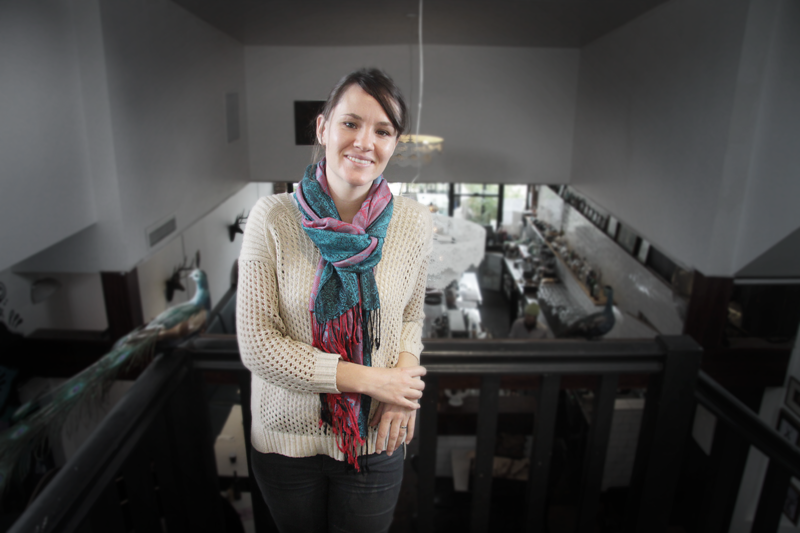
Back in 2004, Bria Sydney was 20 year old managing a bar on Mort Street that was about to close. She took over the space and created Knightsbridge Penthouse, fashioning it on the things she thought were missing in Canberra’s hospitality scene at the time. Taking her cue from a few small bars in Melbourne that she loved, she set out to create a cosy and intimate bar with similar values.
Since then, she has gone on to open the swanky Parlour Wine Room at NewActon and right on cue, Elk & Pea, just at the time that Lonsdale Street was starting to get some real attention. The strip of tenancies that Elk & Pea is a part of is one of the older, grungier addresses that encapsulate the ethos of the precinct; and the offer at Elk & Pea sits right in the pocket, with a youngish vibe and a tendency toward South American street food.
Knightsbridge Penthouse has now been sold to new operators, but it maintains the ethos that set it apart in its early days. Bria maintains that it wasn’t all smooth sailing and that it did take them a while to find their feet. Originally, she says they tried to be quite selective, focusing on high-end cocktails and imagining a more upmarket clientele that never totally materialised. Over time they moved away from that to a more inclusive approach.
Funnily enough, the open approach actually resulted in a bar that was quite outside the mainstream. The more alternative music played and the general vibe of the place certainly contributed and Braddon had the requisite grit and underground feeling that made it work. Knighty, as it came to be known, was probably the first place in Canberra to fashion shipping pallets into its décor. When asked whether the back courtyard was built with them out of necessity, Bria laughs. “ No, I just wanted to be cool.” And cool was certainly the word for the bar as it hit its stride.
Tucked away in Braddon, away from the mainstream and opening until quite late, it became the favourite haunt of Canberra’s hospitality crowd. “The hospos were really important to us,” says Bria. “They would come in pretty late, they spent a lot of money and loved to party, but they always respected the venue.” And respect for the venue manifested itself in a bar that always rocked, but never had any of the ugly episodes that are so often associated with late night venues and alcohol.
Bria does not necessarily agree that Knighty played a big part in influencing Braddon’s current culture, but I get a sense that this is her being modest. She points to cafés like Lonsdale Street Roasters, but interestingly when we talk about her first experience there, she has this to say. “When the Roasters boys first opened their café at No 7, there was this street art on their wall that had something written on it thanking Knighty for being one of the places inspiring them to come to Braddon. I was really smitten with that.”
Thinking about Braddon’s future, Bria wonders whether the hip edge can be maintained as development changes the nature of the precinct. She thinks that all the things people currently love will have gone and many may get priced out. She expects that more and more, businesses like the ones that have made Braddon desirable will probably end up in neighbourhood shopping centres.
The coffee roaster / Alistair Evans
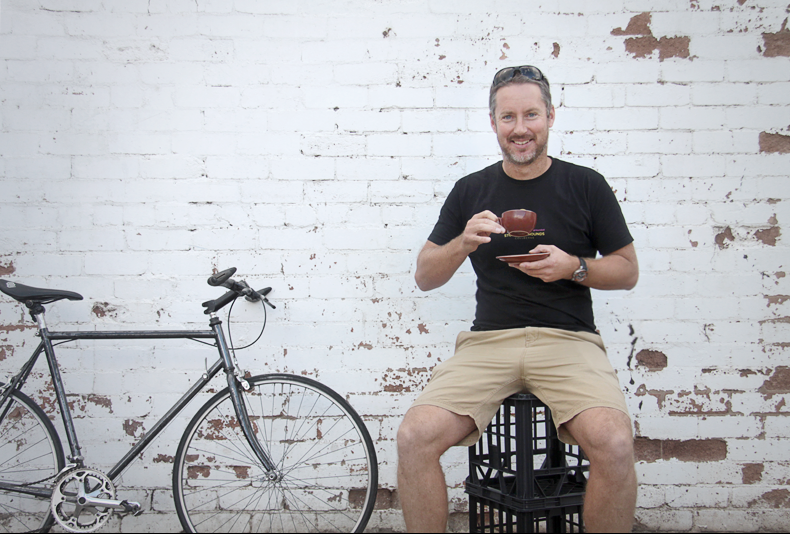
Alistair Evans says that when he and original partner Alan Smith told friends they were opening their café in Lonsdale Street, they were told that they were crazy. “It’s a shitty part of Canberra, there’s nobody there,” was the general sentiment. But they wanted a place to roast coffee and to serve coffee. An industrial setting was what they were looking for. “It was always going to be Braddon,” says Alistair. A big fan of the outdoor adventure and cycling, and considering the businesses that were on the street at the time, it held a special sentiment for him.
More than that, they wanted to create a place where they could throw some milk crates on the sidewalk for people to sit on, rather than the slick cafés in other parts of town with big money fit-outs. Coming back to Canberra after running coffee businesses in Sydney and Newcastle, Alistair says that he wanted to bring something different.
“Everyone thought that you had to have a million dollar fit-out and an artificial looking place, and that was Canberra.” He says that the idea of spending a million dollars to get people through the door was ridiculous proposition. “I think we spent about sixty grand on the initial fit-out at No7.” Most of the fit-out materials came from Bunnings and the guys did it themselves. They wanted to invest in coffee roasting equipment rather than fancy toilets and expensive chairs.
The business opened in 2010. Soon crowds of people were milling about on the sidewalk, either in queues waiting for a take away coffee, or sitting on milk crates enjoying a toastie. In truth the milk crates didn’t last long, and by 2012, the business had outgrown its premises. The coffee roasting moved up the road to No23, and eventually that too became a full-blown café.
The activity that had been created over those years seemed to have a domino effect in the area. Before too long, the strip that was home to Pizza Gusto, Elk & Pea, Autolyse Bakery and Roasters had become a destination. Next door, Lonsdale Street Traders was in full swing, and Braddon was definitely a thing.
Echoing the sentiment of Bria Sydney, Alistair is concerned that the precinct will eventually be over gentrified. The urban grit is what really appeals to him. At the moment, he feels pretty happy that landlord Jim Notaras is content to keep No23 as is. Apparently it is the first commercial property he ever bought, and holds some sentimental value. “Canberra doesn’t have a lot of old gritty settings like this,” says Alistair. “ I think if there is too much development, if all this is replaced by shiny new buildings, then I will get out.”
The retailer / Jenny Shaw
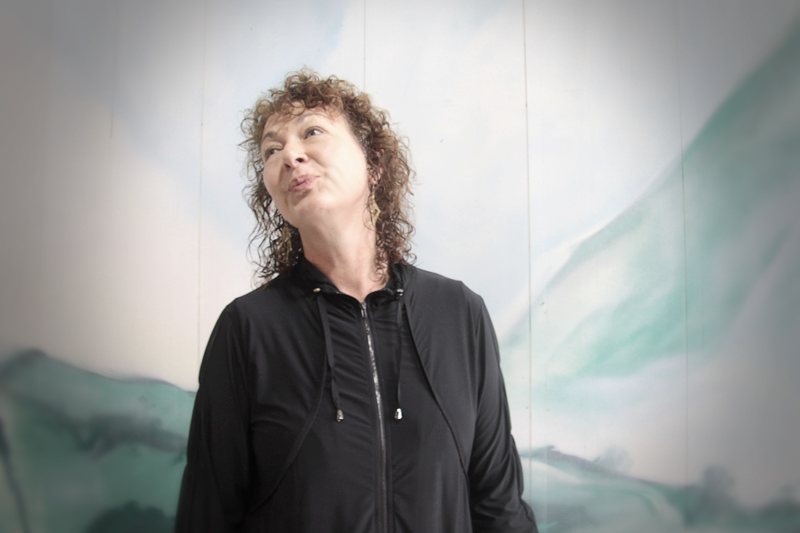
When Jenny Shaw decided in 2000 to take the next step and turn her business into a fully-fledged store, she knew she wanted it to be in Braddon. She had been running The Hive out of the Old Bus Depot Markets for two years and was ready to do something bigger.
While she had snuck around the CBD and taken a look at vacant spaces in the Sydney Building, she was conscious of the fact that in other cities, cool things happened on the fringe, and that was how she saw Braddon. She didn’t know it at the time, but she was about to inspire Nik Bulum to take a punt on an idea that would shape the precinct.
“I saw a vacant space at the top end of Lonsdale Street but it was way too big for me. There was a number on the window so I rang, and who should turn up but Nik!” Jenny had recently met Nik Bulum when he had come into her Kingston store. He had been impressed with her handmade artisan pieces, fallen in love with her store and they had hit it off.
Nik was looking for people just like her–not only to fill vacant space, but also to be inspired to create something new. “I told Nik I couldn’t really afford a lot of rent. He pointed to a smaller store across the road that was being used by his father’s company as an office at the time. He moved them out and I moved in.”
Jenny’s friend, fashion designer Paula Hilyard, was working from home at the time. “I told her about my new arrangement and she also said she might be interested. Then Nik decided if we were both doing it then he would open something as well, and within thee months we all opened our stores.”
“We did it all ourselves, nights spent sanding floors and painting… we were all gung ho but it was so damn quiet,” she says. They didn’t have a lot of money so they had to come up with unique and sometimes silly ways to attract attention. “Nik would get a bubble machine out on the street, or we would give out daffodils on the weekend,” she says. “At one stage, Nik got some wigs and we wore them and went on the street, sat on banana chairs drinking cocktails, just to attract attention.”
Eventually people started taking notice, and the Hive Gallery became well known for its support of local artists and for its quirky collection of miscellaneous curios. After a number of years Jenny sold The Hive but returned in 2013 to set up in Lonsdale Street Traders with her new venture Handsome Pretty. Today, Handsome Pretty is a key tenant in the new Ori building, as is The Hive.
When considering how the street has changed since those early days, she is cautiously optimistic. “You have go forward, you have to change; but I wouldn’t want to see all the old stuff go, because it may lose that edge.” She is however, animated in her enthusiasm for what the area has become. “It’s great to regularly meet new people who are visiting from other parts of Australia because they love what’s happening here. And that reflects across our whole city.”



